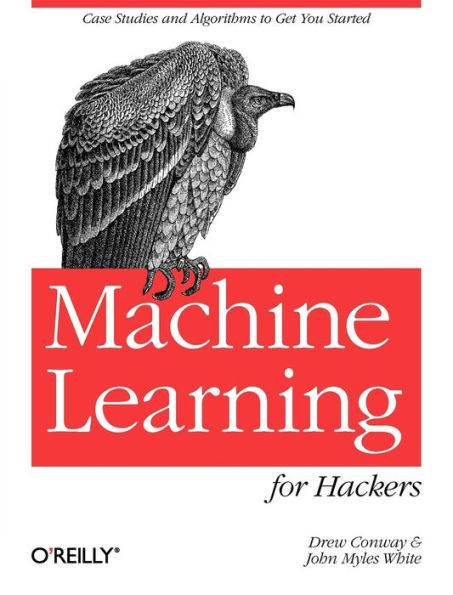5
1

Machine Learning for Hackers: Case Studies and Algorithms to Get You Started
324
Machine Learning for Hackers: Case Studies and Algorithms to Get You Started
324
32.49
In Stock

Product Details
| ISBN-13: | 9781449330538 |
|---|---|
| Publisher: | O'Reilly Media, Incorporated |
| Publication date: | 02/13/2012 |
| Sold by: | Barnes & Noble |
| Format: | eBook |
| Pages: | 324 |
| File size: | 15 MB |
| Note: | This product may take a few minutes to download. |
About the Author
From the B&N Reads Blog



